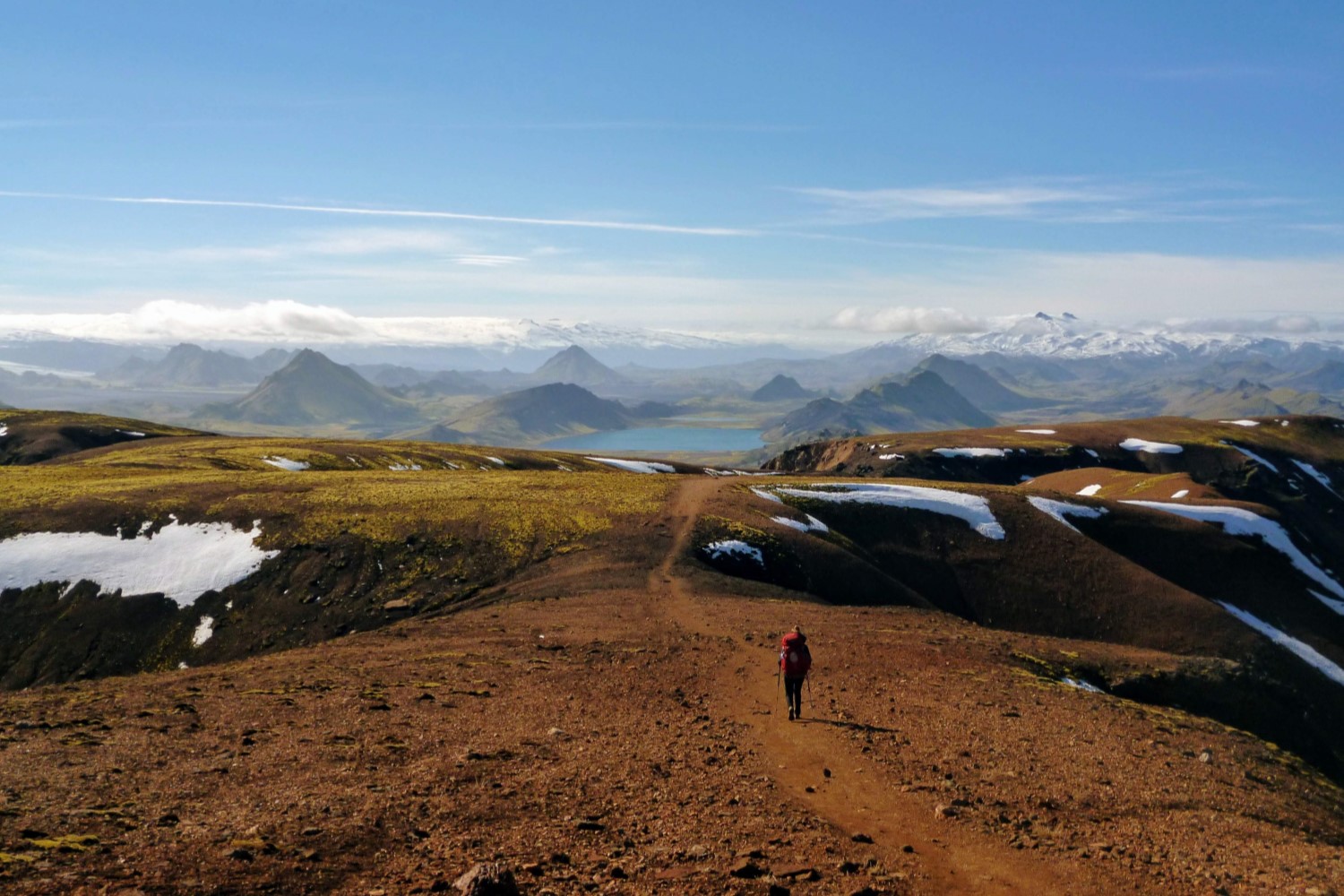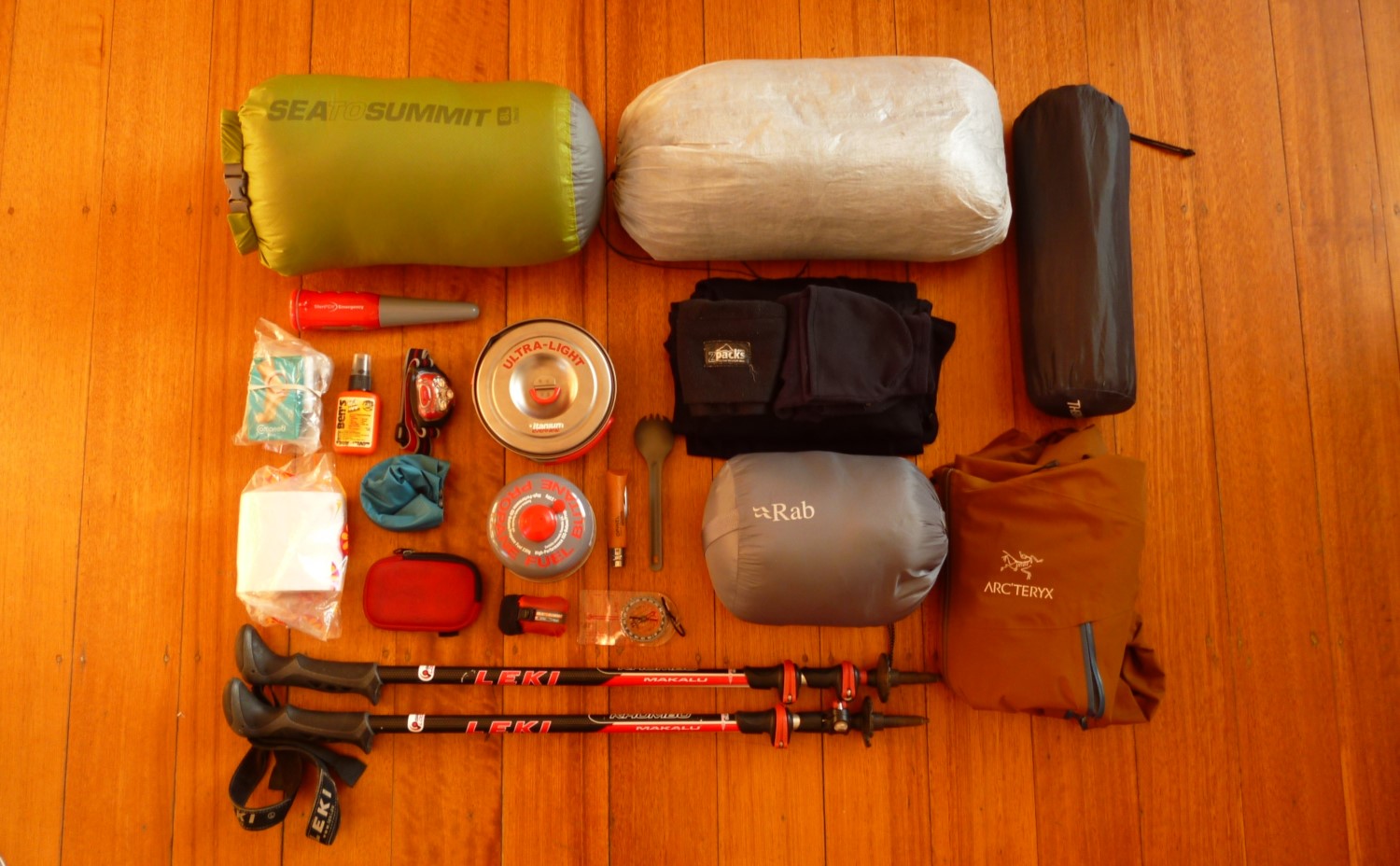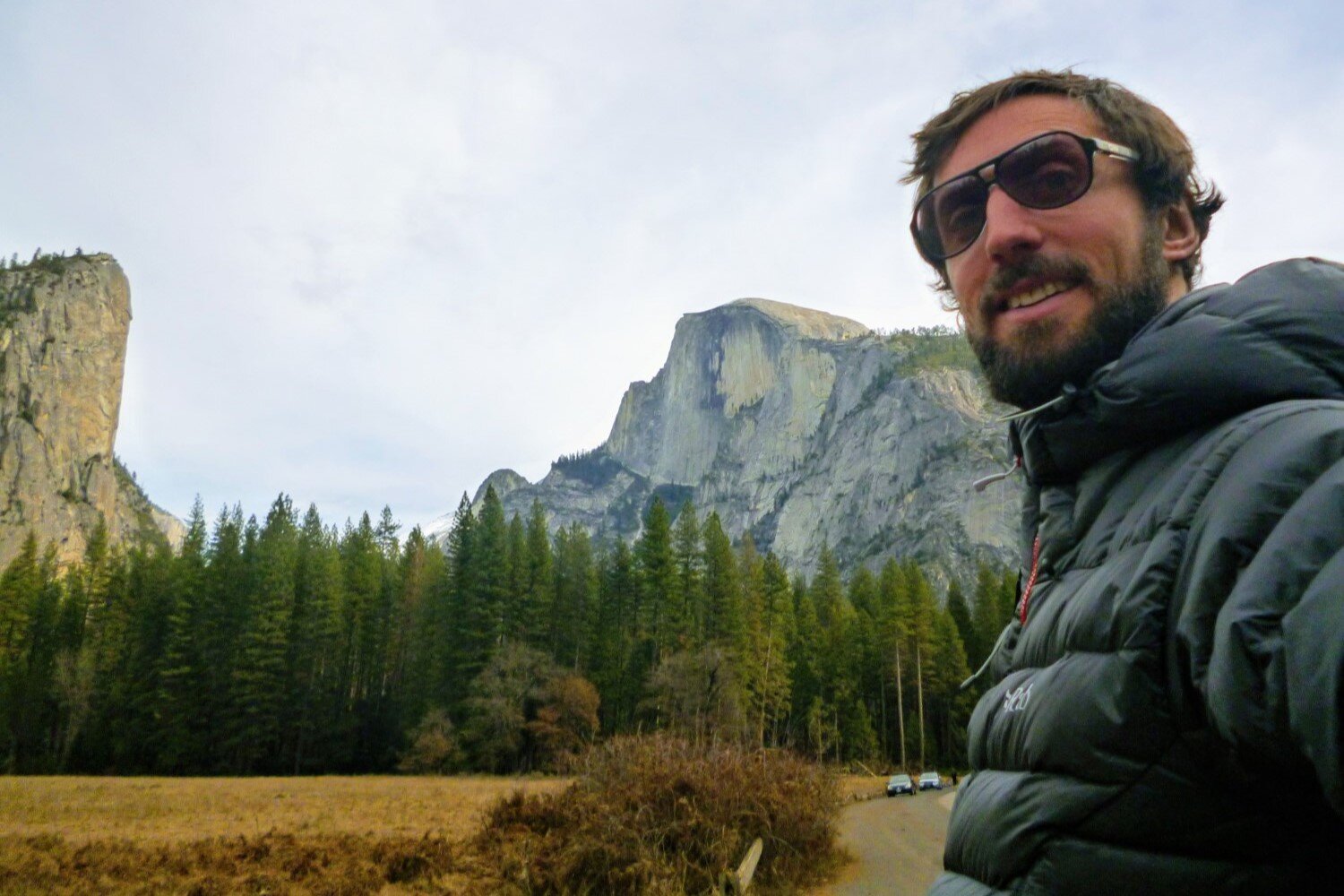Ultimate Guide To Getting Started With Trail Running
JUMP TO: TRAILS VS. ROADS / TRAINING / GEAR / NUTRITION / PLANNING ROUTES / TRAIL ETIQUETTE / TOP TIPS
Author: Steve Edgerton
Trail running has exploded in popularity over the past decades, becoming one of the fastest growing sports in the world. Participation has grown by more than 15 percent every year since 1990, and the Covid-19 pandemic provided another impetus for runners to take to the trails.
Combining many of the best elements of road running and hiking, trail running is a great way to explore your abilities in beautiful, inspiring settings. If you’re looking to take your running to the trail but are unsure where to start, our ultimate guide will help prepare you take on this amazing sport.
TRAILS VS. ROADS
The differences between trail running and road running is like the difference between the 100 meter sprint and the marathon: both are explicitly running events, but they truly are entirely different pursuits.
Let’s start with the obvious difference: what you’re running on. Road running typically includes running on sidewalks, paved bike paths and, well, roads!
What constitutes a trail depends on who you’re talking to, but as an easy rule of thumb, the trails start where the paved surfaces end. This includes light gravel, muddy off-road trails, packed dirt singletrack, and mountain scree.
When trying to define trail running, an easy rule of thumb is that the “trails” start where the paved surfaces end.
Trail terrain is often more varied too, typically including lots of up and lots of down. This requires different running techniques and more variability in pace.
What really sets trail running apart from its on-road counterpart is where you get to run. The allure of trail running is to explore beautiful places and be absorbed into the forest and mountains, escaping the traffic and noise and busyness of our lives. Trail running combines the dopamine-inducing effects of both running far and hiking in beautiful places. What’s not to like about that?
TRAINING FOR THE TRAILS
The idea of trail running can seem intimidating for those new to the sport. “Walking uphill is hard enough, now you’re suggesting that I run it?” is a common refrain.
Here’s trail running’s worst kept secret: about half of the time, you won’t even be running at all. Every trail runner, even the fastest among us, hike most of the climbs. The sport truly is a hybrid of running and hiking. The fact that an average trail run can include so much time spent walking can be difficult for road runners to adjust to.
If you’re already a hiker, you probably have a better base for trail running than you may expect. You can move steadily uphill and you’re comfortable on challenging terrain. All that remains is to work in some running on flat and downhill sections.
If you’re already a hiker, you probably have a better base for trail running than you may expect.
Running downhill on trails is its own kind of artform. The trail changes with every step. Zoning out for even a single footfall can mean a catastrophic wipeout. Running on, over, and around rocks, roots, and creeks requires focus, but it is also incredibly fun. At its, best, you enter a kind of flow state, completely in tune with the trail, that makes all the hard uphill hiking more than worth it!
Some quick tips for improving your trail running technique:
Shorten your stride. Taking quick, small steps keeps your feet under your body, providing better balance on variable terrain.
Look at the trail, not at your feet. Scan the next 10-20 feet in front of you for potential obstacles.
Swing your arms. With hands in relaxed fists, keep your arms swinging forward, rather than across your torso, to help you build momentum and improve efficiency.
WHAT GEAR DO YOU NEED FOR TRAIL RUNNING?
Like road running. trail running starts with a good pair of shoes. Unlike road running, getting on the trails can mean getting out into some pretty remote places, making your clothing and gear choices even more important.
Here’s what to consider when putting together your trail running kit.
SHOES: Trail running shoes are like running shoes with the outsole of a hiking boot. They combine nimbleness with traction and protection. You can get away with road running shoes for gravel paths and dry, buffed out dirt trails, but beyond that, investing in proper trail running shoes is more than worth it. The Saucony Peregrine, Brooks Cascadia, and Hoka Speedgoat are some of the most popular “do it all” trail shoes.
HYDRATION: Your hydration strategy depends mostly on the length of your run. For shorter runs, a small handheld water bottle is often enough. For longer runs, a hydration vest with capacity of up to 3 litres might be needed depending on water access along the trail. For filtering water on the go, filter caps like the Salomon XA 42 or the Katadyn BeFree can be added to your hydration vest bottles. Keep some filtration tablets in your pack as a backup.
PACK: To carry extra layers, snacks, and water for longer efforts on the trail, consider a hydration vest. The best ones, like Salomon’s Active Skin 8, is compatible with hydration bladders and flasks and feature lots of easy to access pockets to keep you moving.
for longer efforts on the trail you’ll need a pack or hydration vest.
CLOTHING: Shorts, socks and a t-shirt that are moisture-wicking and quick to dry are your best bet. They should be made from synthetics, like polyester or nylon, or merino wool. Avoid cotton. Keeping a good windbreaker, gloves, and hat in your hydration pack can be a lifesaver, especially at higher elevations when the weather is unpredictable.
NAVIGATION: Bring your smartphone with your route downloaded for offline use in an app like AllTrails or Gaia GPS. While a GPS watch is not mandatory, we recommend eventually investing in one for navigation and tracking your progress.
For long days in the backcountry, a satellite communicator, like a Garmin InReach can provide additional navigation support, plus the ability to contact Search and Rescue if you run into trouble.
HEADLAMP: Getting “benighted” without a good light source is one of the least fun experiences you can have trail running. Keep a good headlamp in your pack, especially for long runs that can often take longer than expected.
NUTRITION
While running, your body depends primarily on glycogen to fuel your efforts. Glycogen is an easily accessible fuel source stored in the muscles and liver and is sourced from carbohydrates.
The night and morning before your run, try to load up on “complex” carbs, like whole grain pasta, bread, bagels, and oats. Complex carbs fill your glycogen stores, acting like a slow burning fuel that will energize your long runs.
During runs, your body begins to burn through glycogen quickly, and you will need to supplement with simple carbs, or sugars, which are quick to digest. Energy gels, chews, fruit bars, and even just candy make for great mid-run snacks.
For runs stretching longer than a few hours, bringing some non-sugary foods can be an effective way to avoid palate fatigue and to get in some proteins and fats as well. Salted nuts, beef jerky, and pretzels are good satiating options that will replenish the sodium you are sweating out.
Try to eat around 200-300 calories an hour to avoid “bonking” and feeling out of gas, something that is hard to recover from. Snacking consistently is the best way to avoid this.
Eating and chewing on the go is not always super appealing, so many trail runners will drink some of their calories as well, via high-carb sports hydration mixes. These drinks can be a great option, but they can also be easy to overdo, resulting in a much dreaded “gut-bomb.”
Sports drinks also tie your nutrition to your hydration. On cool days you will drink less and might not be taking in enough calories. On hot days you will drink more and take in more calories, the consequence often being an upset stomach. If you decide to use a hydration mix, try it on shorter runs first to see how your stomach reacts.
PLANNING ROUTES
Starting to run on the trails offers a whole new universe of running routes. Here are our favorite tools for mapping out your runs and navigating on the trails:
STRAVA: Part activity tracker and part social media platform, Strava also has one of the best route planning features around. You can create your own routes yourself and even import gpx. files from other sources. The paid version allows you to customize your preferences for surface types, elevation, and foot traffic to suggest nearby routes that fit what you’re looking for.
ALLTRAILS: This app is one of the best options for discovering existing trails and hikes near you. You can filter by activity, including trail running, and explore trail descriptions, maps, elevation profiles, photos, and user reviews. The AllTrails custom route tools are not as intuitive as Strava’s, but it is much better for offline navigation.
GOOGLE MAPS: A free and incredibly useful app for trail running is Google Maps. While it does not have the route planning capabilities of more specialized apps, Google does have a comprehensive trails dataset, including labels for peak names and water features. It can be helpful navigating forking trails or getting back to your car if you are exploring a new trail network. Pre-download any maps for your area and you will still be able to navigate without service.
GAIA GPS: Combining the route planning features, trail details, and offline navigation abilities of Strava, AllTrails, and Google Maps, it is hard to go wrong with Gaia GPS. The premium version allows users to overlay and compare multiple routes, provides countless basemap options, and easily syncs route data across devices.
TRAIL ETIQUETTE
Out of respect for the environment and for fellow trail users, there are a few unwritten rules that all trail runners should aspire to follow.
LEAVE NO TRACE: The first is Leave No Trace. Banana peels, energy bar wrappers, even toilet paper: if you brought it in with you, bring it back out. If nature calls, dig a hole well away from the trail and any water sources. Minimize your impact by staying on designated trails, even if they are muddy. Detouring around puddles creates trail braiding and accelerates erosion, the bane of trail builders everywhere.
YIELD TO OTHER TRAIL USERS: The second rule is yield to other trail users, especially those traveling uphill. On multi-use trails, always yield for horses. Common etiquette is for bikers to yield to pedestrians, but often it is easier for everyone to let the bikers go first, which is always appreciated.
ALERT HIKERS: Finally, don’t scare unassuming hikers if you’re bombing down a big descent! When approaching groups from behind, offer plenty of warning with a greeting or a friendly “on your left!” to give them time to make space for you to pass.
It’s important to follow some basic etiquette while out on the trail — including leaving no trace, and yielding to other trail users (if you encounter any…).
OUR TOP TRAIL RUNNING TIPS
PLAN MORE TIME THAN YOU THINK YOU NEED: It can be easy for beginner trail runners to underestimate the time a run will take. A conservative estimate when starting is to take the time it would take you to run the equivalent distance on roads, then double it.
TAKE CARE OF YOUR FEET: Feeling a bit of discomfort on your heel but think you can run through it? Think again. Friction spots that at first feel innocuous can rapidly become full-blown blisters. One bad blister is really all it takes for your trail run to become torture. Apply anti-chafe cream to high friction points before your run and keep some blister pads in your first aid kit. Stop to address potential blisters before they become a real problem.
JOIN A RUNNING GROUP: Ask any trail runner what their favorite aspect of the sport is and will probably say “the people.” The trail running community is filled with welcoming, inspiring humans always up for adventures and joining a local group run is a great way to get involved and meet some running friends. Most running shops will host weekly groups runs. Group runs can sound intimidating to newcomers, but good ones will cater to people of all speeds and abilities, with group leaders to ensure everyone is welcomed and no one gets left behind on the trail.
BE PREPARED TO FALL: Falling while trail running is less of an avoidable event and more of an inevitability to prepare for. It’s not fun, it’s kind of embarrassing, but it happens to everyone. Minimize your falls by maintaining a short stride and not dragging your feet.
TRY OUT A TRAIL RACE! From 5 mile loops in your local park to 200 mile multi-day adventures in the Italian Alps, there is a trail race for every ability level. They’re a great way to test your abilities, stay motivated, and to get involved with your local trail community.
MORE INFORMATION
Feeling the call of the trails? Be sure to load up on any missing essentials first — check out our Ultimate Trail Running Gear List!
Otherwise if you are looking for more information on hiking, backpacking, and trail running, be sure to check out some of our other advice and gear reviews:
Or check out our entire Gear Reviews Page, our Knowledge Base Articles, or Destination Guides for more hiking, backpacking, and outdoors related content.
Happy fastpacking and take care out there in the wild!





















